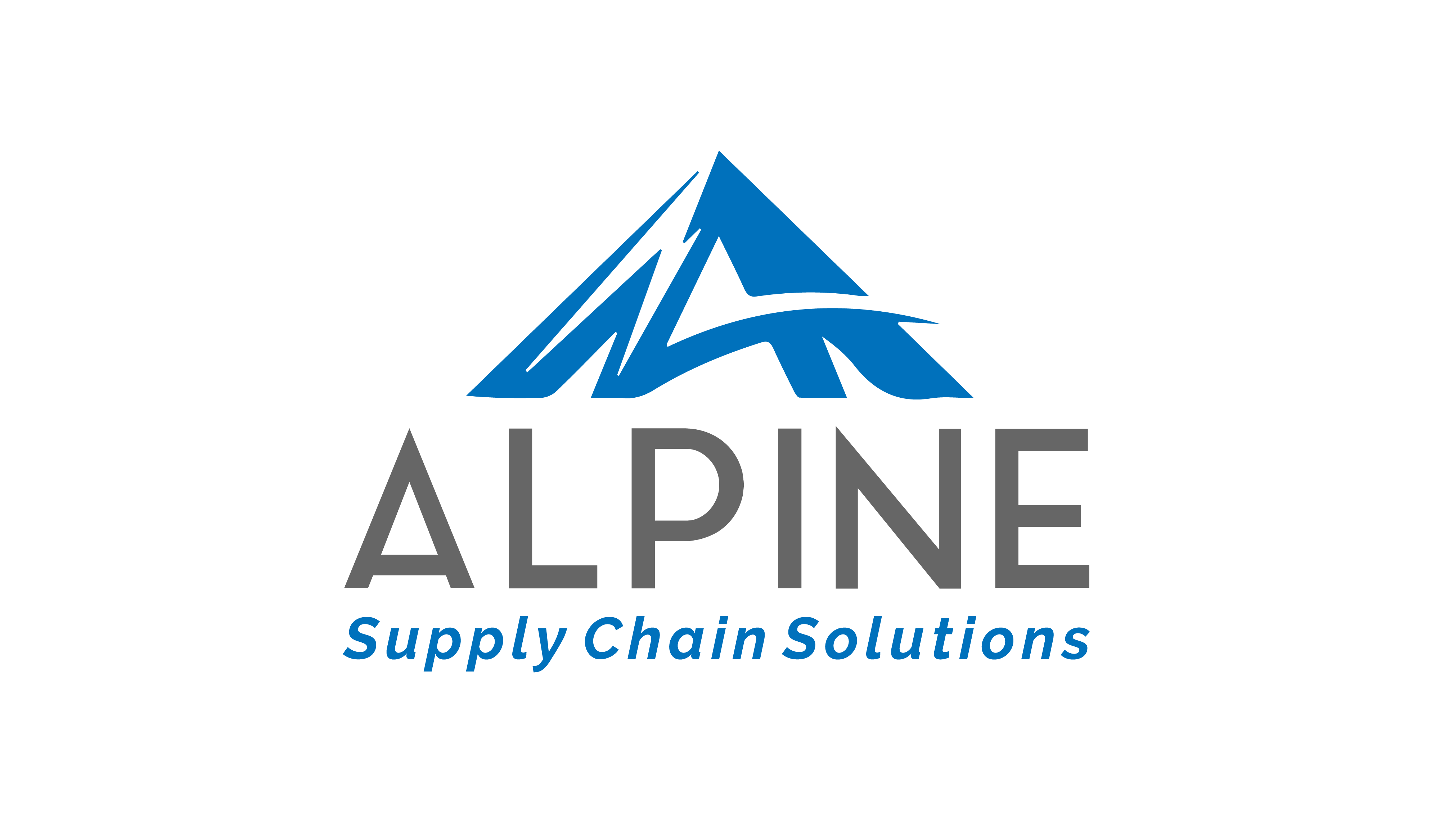
by Alpine Supply Chain | Nov 21, 2019 | Supply Chain Consulting
Do you have difficulty selecting a warehouse management system?
Ready, Set, Delay! The Pitfalls and Gotcha’s of a New WMS Software Selection and Implementation Project.
Selecting and installing a WMS is an expensive and long-term decision that can often make or break a career. Choosing the right system for your current and future needs takes a lot of work, and you need to take into consideration your resource constraints, industry knowledge and overall strategies and put together an end-to-end plan that will accomplish your goals.
-Determining what type of warehouse solution you need
-Assessing, comparing and selecting the right vendor
-Making a solid plan for implementation.
Do you need help navigating the perils of a 7-15-year WMS decision? Give us a call – we’ve been doing it for many years and we’re happy to help.
Excerpt from “Ready – Set – Delay!: The Pitfalls and Gotcha’s of a new WMS Vendor Software Selection
and Implementation Project”:
Much has been written and showcased on the topic of selecting and implementing a new Warehouse
Management System (WMS), pronounced in my part of the country as “Dubya-M-S”. You can Google the
topic and you will get ~ 99,700 results, varying in detail from supply chain vendor websites, published
articles and topics totally unrelated to what you were looking for.
If you filter your results into a more manageable set of results, you will find varying opinions on the Top
“X” number of Factors/Successes/Steps/Benefits on how to successfully choose the right software
vendor to satisfy your business goals. Good luck weeding through the reams of documented “what and
what not to do’s.” For many people, selecting and installing a WMS is a once, maybe twice in a career
decision. Unless of course you move companies often. Even then, the average lifespan of an installed
WMS is about 7-15 years, and longer in some vertical markets. Not to spook you, but this is an
expensive, long-term decision that can often make or break a career.
First, let’s decide what is a Warehouse Management System. In the 80’s, 90’s and even the early 2000’s,
it was a pretty simple and straightforward explanation. Today, however, the topic can be and is often
heavily debated…

by Alpine Supply Chain | Nov 21, 2019 | Supply Chain Consulting
Alpine was featured in an article from Ben Ames of DC Velocity on the benefits of Labor Management Software and the evolution of LMS solutions to meet the demands of the shifting labor landscape.
On shifting labor landscape:
“The recent shift marks the latest stage in labor management systems’ ongoing evolution to meet changing business challenges, says Michael Wohlwend, managing principal with Alpine Supply Chain Solutions, a Chicago-based consulting firm.
In the early ’90s, many companies used their LMS platforms to track workers’ performance against ‘engineered labor standards’ in an effort to gain leverage against unions that were pushing for less-stringent metrics, he says. Then in the late ’90s, managers started using LMS software more strategically, implementing “pay for performance” programs that offered workers incentives to meet specific performance goals.
Today, warehouses are using their LMS systems—often in conjunction with their warehouse management systems (WMS)—to respond to a new challenge: meeting strict order-shipping deadlines. Many e-retailers now promise same-day shipping for all orders placed by, say, 5 p.m. However, fulfilling those promises often results in a last-minute scramble to get orders out the door, forcing managers to shift worker assignments on the fly. During these crunches, performance data from an LMS can help managers quickly identify the workers best suited to the tasks at hand,” said Michael Wohlwend, Managing Principal of Alpine Supply Chain Solutions.
Read the full article here!

by Alpine Supply Chain | Mar 16, 2019 | Supply Chain Consulting
What if a warehouse scientist proved that the equation, we all have come to know, and love was incorrect? What if 2 + 2 didn’t equal 4. What if 2 + 2 = 5?
If you start with a bad assumption, then you start to calculate with bad data. Once you start to make errors, they will roll into more and more errors. Don’t let this happen to your operation.
The Truth is out there, the question is your company open to understanding the data, the story it tells, and how it impacts your warehouse assets? Every warehouse has 4 assets: Space, Equipment, Labor, and Control. Every operation has different constraints that must be addressed accordingly. The one consistent across all verticals, size of facilities, number of items, & people is the “Reality” is impacting your warehouse assets. With the correct data the truth will present it-self. Here are the key’s to understanding your operations “Reality” and improving your Assets.
Cube on Hand for each item = Proper sized location to managing storage space
Cube Movement = Correct size of the forward pick location to minimize the number of replenishments
The number of times an item appears on an order = Where the item should be slotted to minimize travel distance
Once you have this data, then you can look at ways to improve your current operation. Many companies leverage a system to manage all this data on daily, weekly, monthly and quarterly basis. This allows them to consistently evaluate and improve their current operation and get the most value from their investment.




